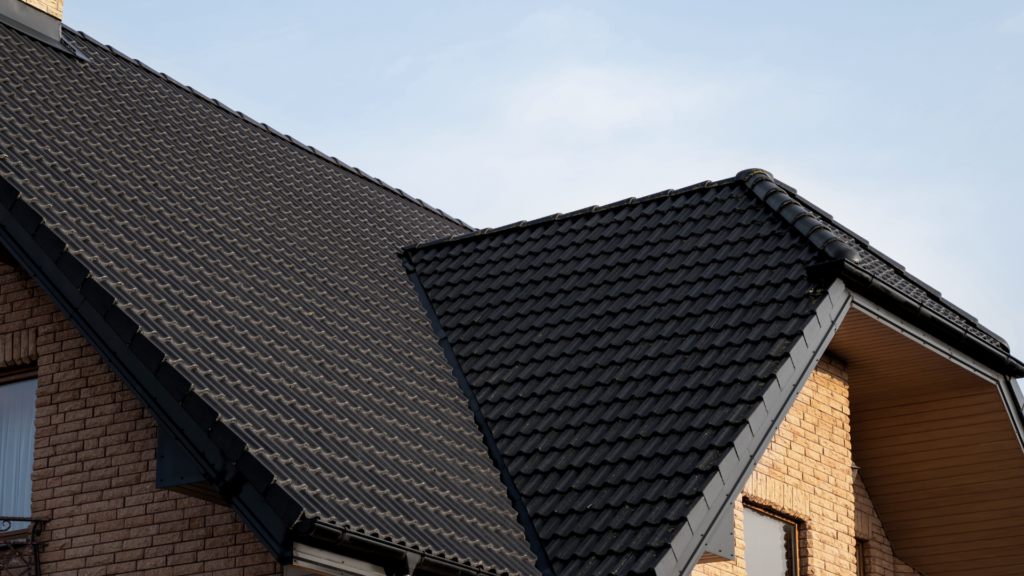Natural disasters, while normal, tend to be inconvenient. However, if you live near the coast, it is important to take the proper pre-storm and post-storm steps to ensure that your home is not permanently damaged. Certainly, you can (and should) take steps to protect important belongings and valuables, but how can you prepare your home itself?
Tips for Preparing Your Home for a Natural Disaster
Depending on where you live, you could face any number of natural disasters within a year. Hurricanes, tornadoes, thunderstorms, snowstorms, ice storms, etc. all present their own unique set of challenges. Consequently, we are including a list of precautions to take before any storm, no matter where you live. The following are 10 tips for preparing your home for a natural disaster.
1. Stock up on gasoline.
Almost every bad storm presents the possibility of a power outage. Depending on how long the outage lasts, it is helpful to have a running generator, which gasoline can produce. If you know a storm is coming, check your gas supply and make plans for a power outage.
2. Change your food supply to non-perishables.
If you do experience a length power outage, it is helpful to have more non-perishable items that won’t go bad outside of the refrigerator and don’t require any cooking. Examples include bread, fruit, canned goods (tuna, veggies, beans, etc.), and boxed snacks. Additionally, even though fruit and bread will go bad, they will hopefully survive the length of the power outage.
3. Place your fridge and freezer on their coldest settings.
You can make the items in your refrigerator and freezer last longer by turning them on the coldest setting before the storm hits. Then, avoid opening either one unless absolutely necessary. Grab what you need, then get out of there before all the cold air escapes.
4. Set up a water reserve.
Make sure you have plenty of water on hand in when you’re preparing for a storm. Store at least a few large jugs which you can find at most traditional discount department or grocery stores.
5. Bring in outdoor furniture, equipment, and decor.
If the natural disaster is particularly aggressive, anything left loose outside will probably be thrown around. Either secure furniture to the ground with bolts or bring it inside until the storm has passed.
6. Find your water, electricity, and gas turn-offs.
Make sure you know exactly where your shut-offs are and that they are unobstructed so that you can get to them easily and quickly. Avoid turning off your gas unless local authorities let you know that you should.
7. Go over evacuation plans with home occupants.
Much like a fire drill, everyone in your home needs to know the exact plan of action in the event of each natural disaster. For instance, where should everyone go during a flood? Where should they go during a tornado? Who is responsible for grabbing what? Where are the important documents and valuables? Cover potential evacuation thoroughly.
8. Cover windows and doors.
Windows can shatter and doors can blow open in high winds. Shutters and seals reduce the risk of this happening and make a great investment, particularly if you live in a windy area.
9. Clean out areas susceptible to flooding.
Basements are particularly prone to flooding, so make sure you remove important items or furniture from the area to prevent excess damage. You can also cover furniture with plastic covers.
10. Elevate furniture and electronics.
In the event of a flood, it is a good idea to unplug and elevate electronics (and furniture if possible). This prevents electronics from being damaged and also prevents power shortages.
What is Our Mission?
Disaster Management Recovery Group is here to assess your storm damage and determine the next step. If you need a roofing evaluation or have suffered exterior damage due to storms or other natural disasters, contact us and schedule a storm damage evaluation and start on the road to recovery.


